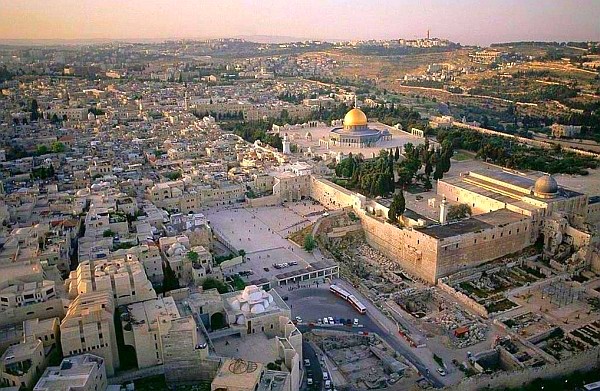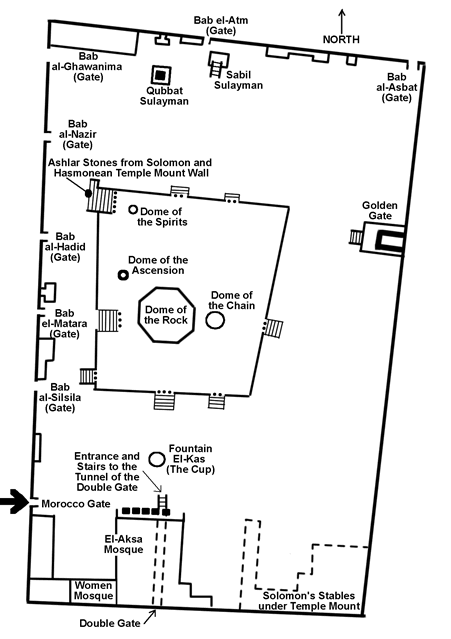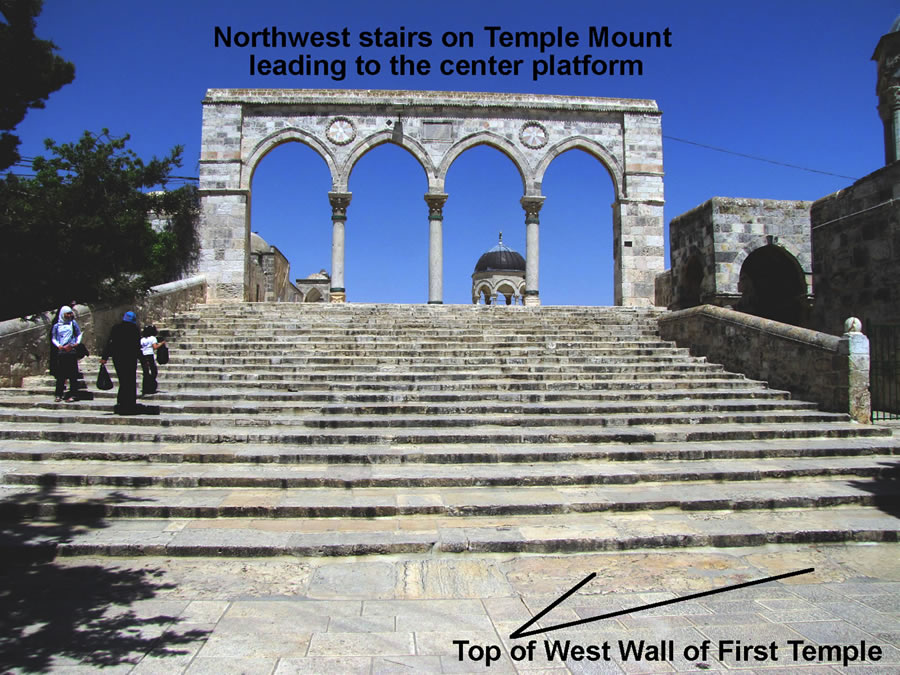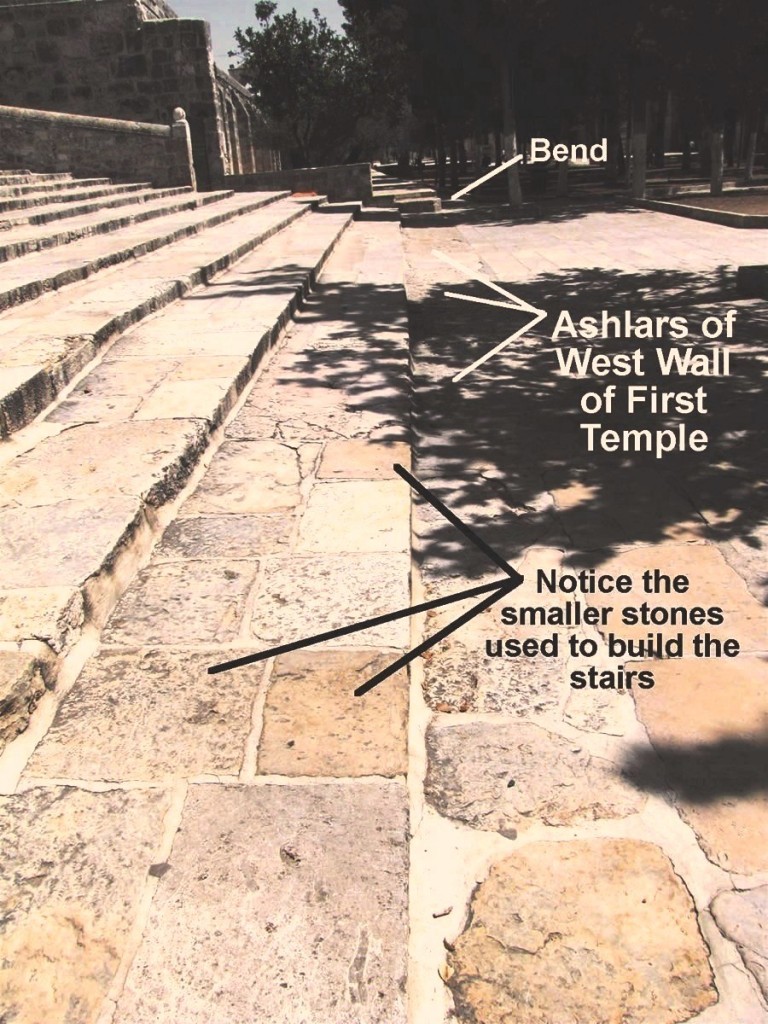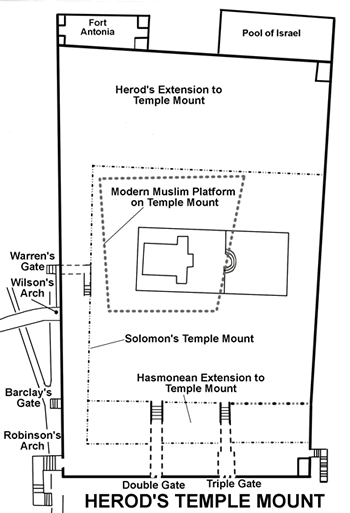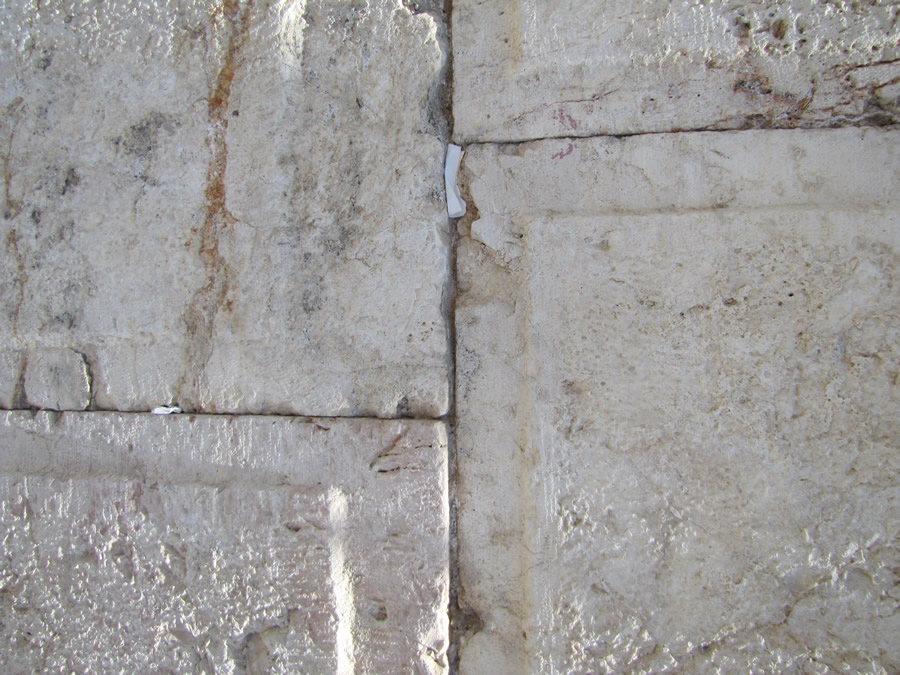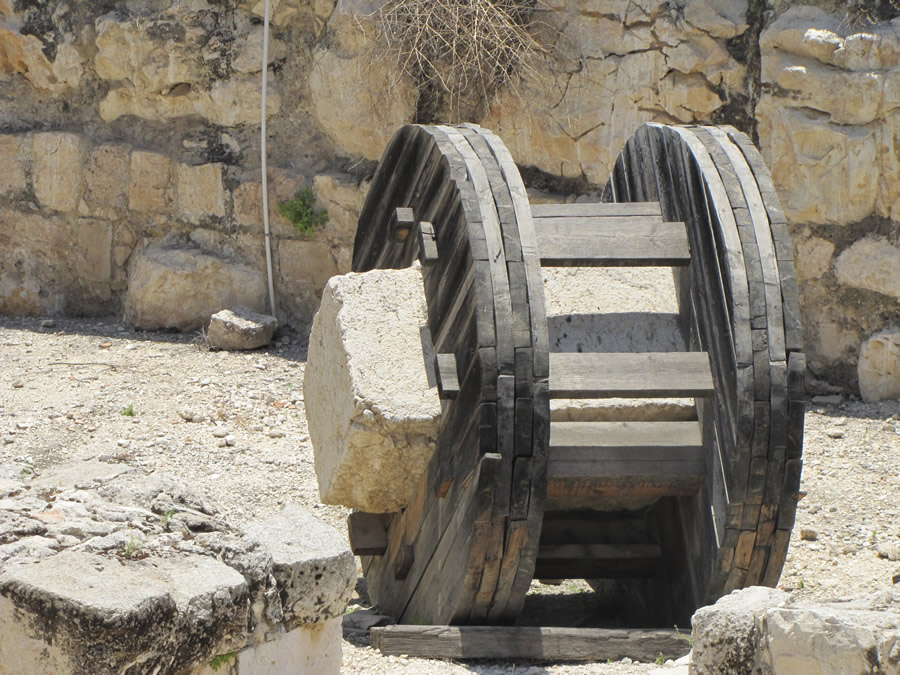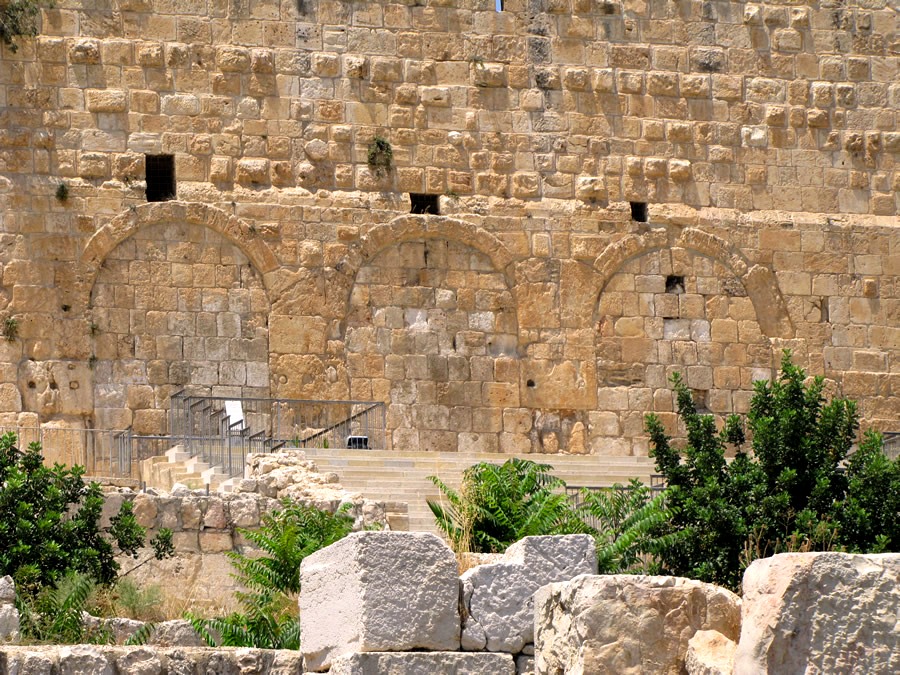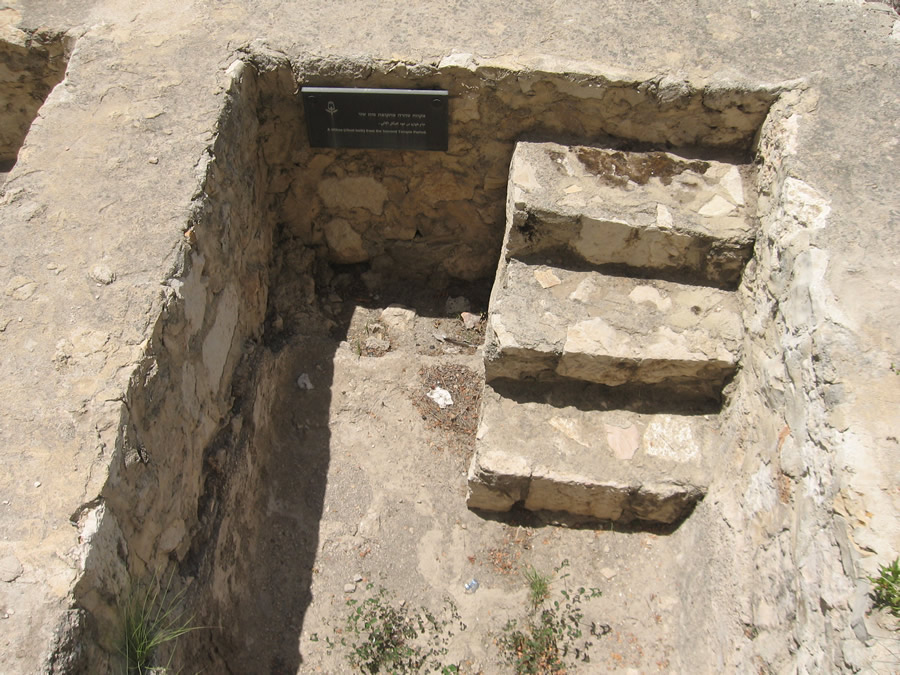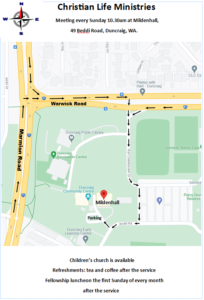Temple Mount
Temple Mount
David purchased the threshing floor north of the City of David from Araunah the Jebusite for 50 shekels of silver (2 Samuel 24:24) and paid 600 shekels of gold for the entire site of Mount Moriah (1 Chronicles 21:25). These became the site of Solomon’s Temple. Solomon built the Temple that would sit on a square Temple Mount platform on Mount Moriah. The Temple Mount platform was supported by retaining walls on all four sides which brought the surface area to a level 17 acres. Each of the retaining walls of the Temple Mount was 500 cubits long (or, 861 feet long using the conversion of one royal cubit to 20.67 inches).
Temple Mount Layout
The layout of the Temple Mount today. The Mount of Olives would be to the right of this image. The Dome of the Rock sets on a raised platform that is located on the large Temple Mount.
Stairs to Centre Platform
The northwest stairway that is aligned with this bottom row of ashlar stones, instead of the top of the Muslim platform. The stairs are aligned with Solomon’s western retaining wall, which was buried by the Herodian addition to the west side of the Temple Mount.
Top of West Wall of the First Temple
The top of the course of ashlar stones that remain from the line of Solomon’s western retaining wall.
Herod’s Temple Mount Extensions.
This diagram shows Herod’s extension around Solomon’s and the Hasmoneans work.
Herod and Hasmonian Extensions of the Temple Mount
The labeled photo identifies where the Hasmoneans connected their southern extension of the Temple Mount. It covered up much of the Seleucid’s fortress known as the Acra.
Eastern Wall Golden Gate Base Stones
Ashlar Stones
Details of the original perfectly tight horizontal and vertical joints. The workmanship of Herod’s construction team still maintains its impressive quality, even after setting in the middle of all the wars and activities in Jerusalem for the past 2,000 years. The margins, the raised bosses with the smooth face, and the tight joints in Herod’s Temple Mount wall.
Ashlar Roller
The Temple Gate
The Triple Gate led visitors under the Temple Mount through a decorated tunnel beneath the Royal Stoa on the south end of Solomon’s Colonnade, then to a stairway which took worshippers up to the outer courtyard of the Temple Mount. This Triple Gate is likely the “Beautiful Gate” of Acts 3:2:
One day Peter and John were going up to the temple at the time of prayer – at three in the afternoon. Now a man crippled from birth was being carried to the temple gate called Beautiful, where he was put every day to beg from those going into the temple courts. When he saw Peter and John about to enter, he asked them for money . . . Then he went with them into the temple courts, walking and jumping, and praising God. When all the people saw him walking and praising God, they recognized him as the same man who used to sit begging at the temple gate called Beautiful . . . While the beggar held on to Peter and John, all the people were astonished and came running to them in the place called Solomon’s Colonnade. ~ (Acts 3:1-11)
To the left (west) side of the first gate of the three, decorative rock carvings in the door jamb can still be seen on the ashlar stone that was part of the Triple Gate or Beautiful Gate. The highly decorated stones may be the reason it was called “The Beautiful Gate.” Jesus and the apostles would have surely walked through this gate that led up to the outer courts and Solomon’s Porch, where the early church in Jerusalem met daily.
Mikvah
The word “mikvah” (also, mikveh, mikva, miqve) means “collection” and refers to a collection of water that was used by the Jews for ceremonial washing. They are ritual baths. The Jews would purify themselves before several activities or after certain events that made them unclean. Conversion to Judaism requires submersion into a mikvah. The area around the Temple Mount, especially to the south, is filled with mikvah. Many of them were most likely used on the Day of Pentecost (Acts 2) to baptize the converted Jews in Jesus’ name. It signified a major change in their understanding of who Jesus was and was a sign of their new faith and allegiance. A mikvah had to have a source of running water, such as a spring, or fresh water, such as rain. A mikvah had to be large enough to allow an average sized person to immerse his whole body. Stairs would be used to descend into and ascend from the mikvah. Often there was a wall separating the clean side from the unclean side.
A first century mikvah used during the days of Jesus and the book of Acts, located south of the Temple Mount at the base of the Double Gate stairs. This could easily have been one of the many mikvah used to baptize some of the 3,000 new Jewish believers on the Day of Pentecost as described in Acts 2.
Acknowledgements: Reference:
